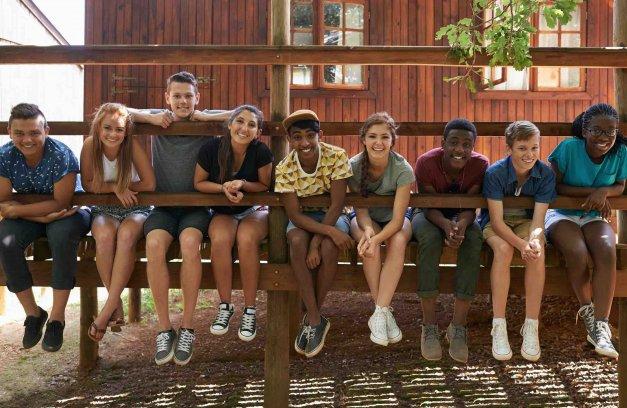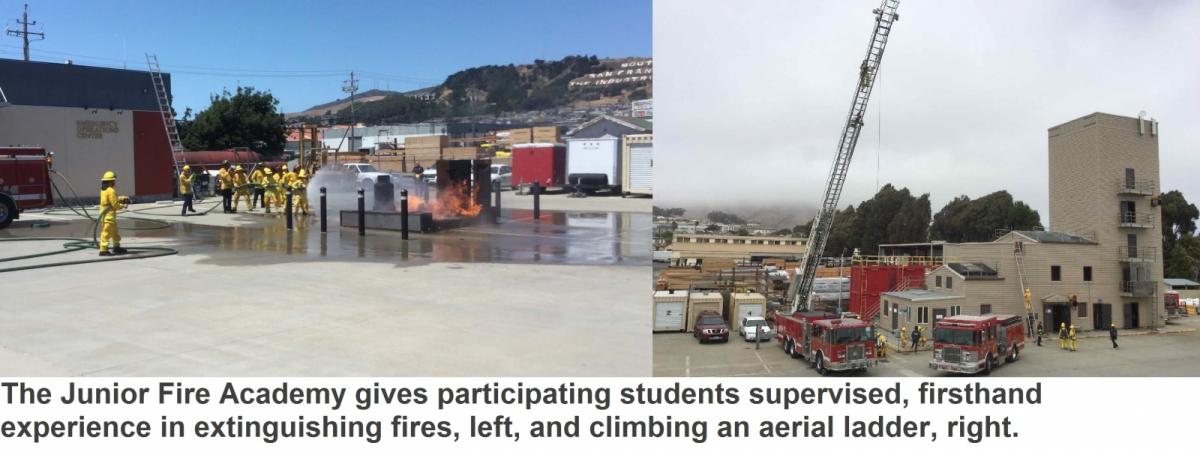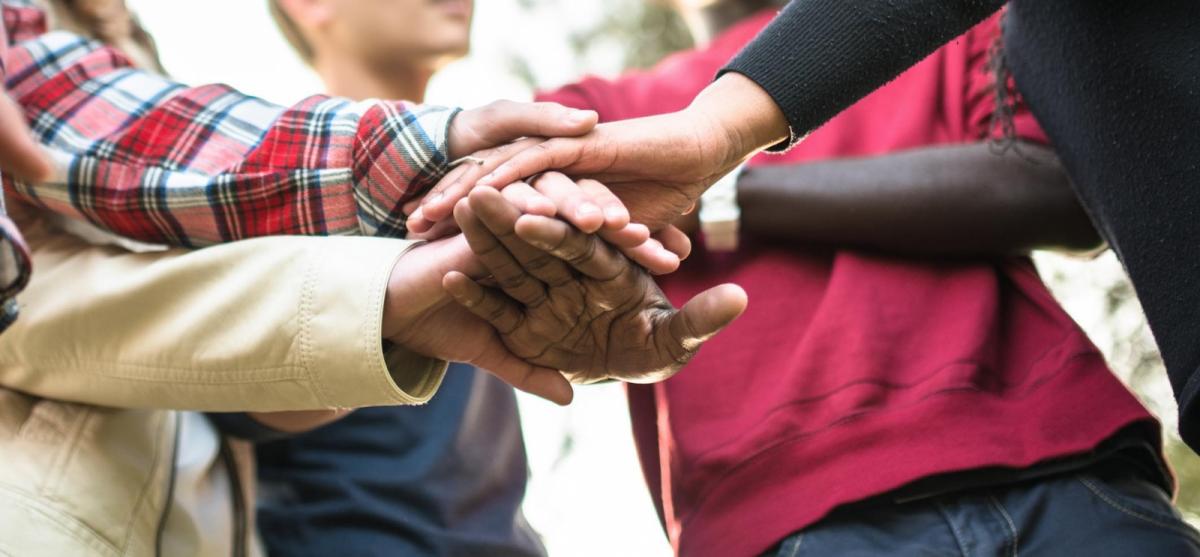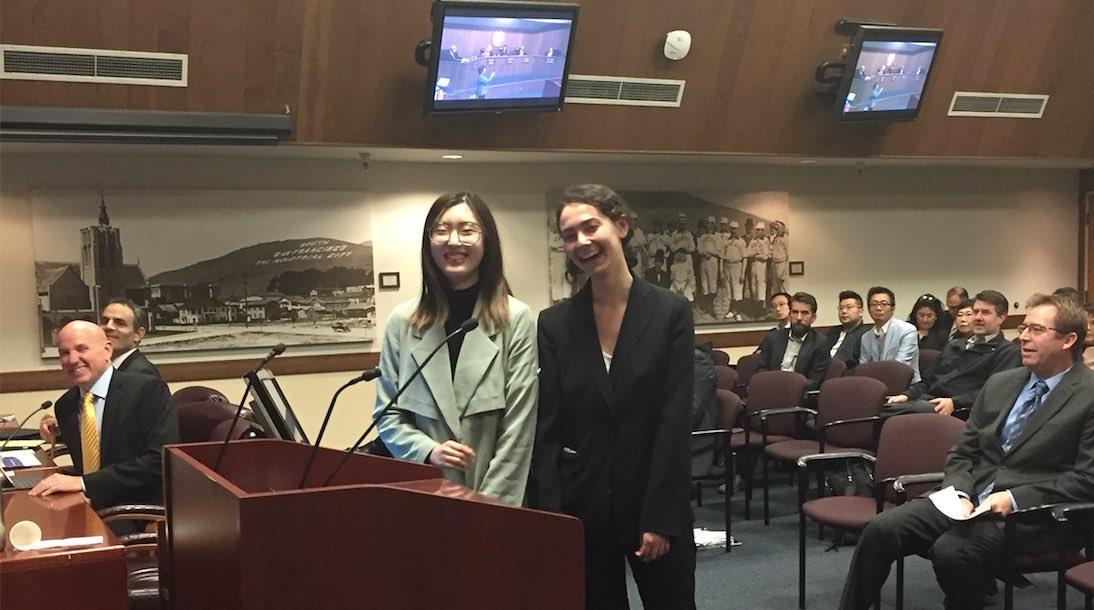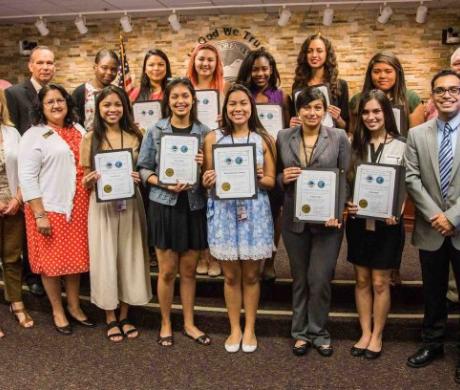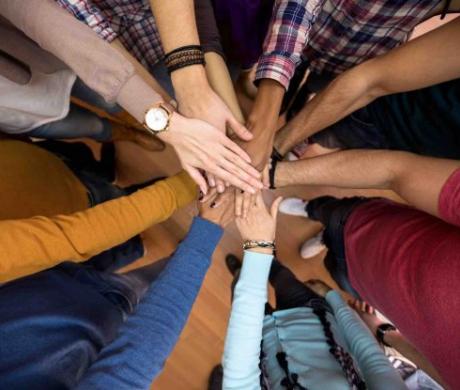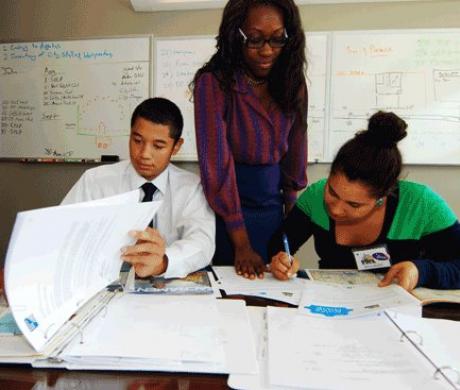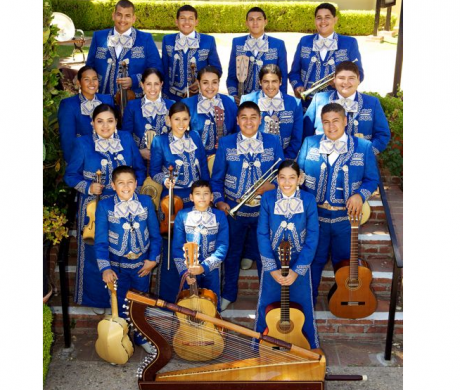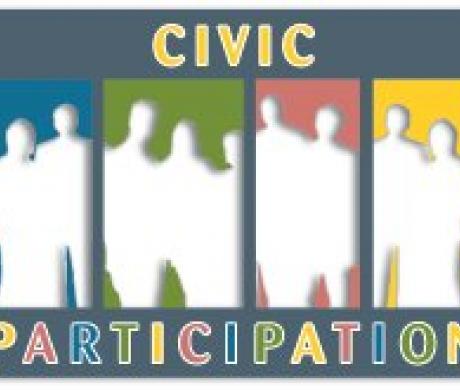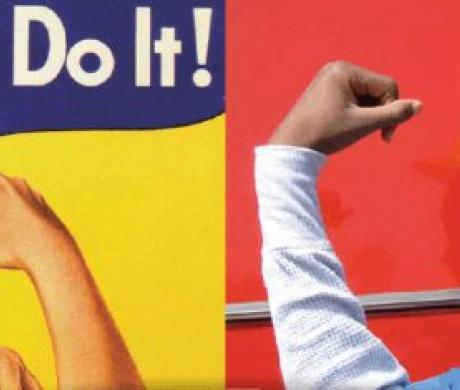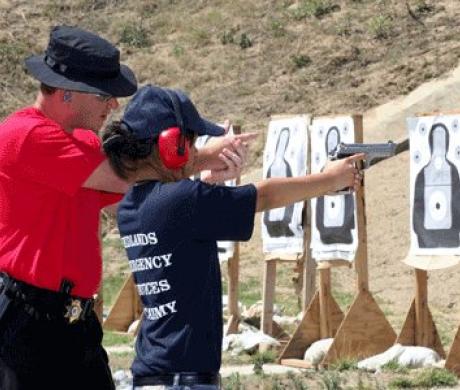Cultivating an Inclusive and Diverse Future Workforce
Generating interest in public service careers poses a challenge for local elected officials and municipal staff for a number of reasons. Young people in our communities often have a limited understanding of the role that local government plays in providing essential services to residents and working to improve the quality of life. It’s not unusual for children and teens to have little — if any — knowledge about the variety of jobs and careers open to them in public service and city government, especially if they have had no exposure to such work or don’t know anyone with a career in public service. Thus, it makes sense to begin reaching out to young people when they are still in school — and in many cases, the earlier the better.
In my city, South San Francisco, we are particularly interested in helping our young residents learn more about the way cities operate and in stimulating their curiosity about future career opportunities. For example, our mayor typically hosts tours of City Hall for youngsters in the fifth and sixth grades and explains how various municipal departments function in terms the students can easily grasp.
We also value inclusion and diversity — and these programs that focus on youth help cultivate a more diverse future local workforce.
Junior Fire Academy Introduces Youths to Career Paths
The South San Francisco Junior Fire Academy, one of our most popular programs, introduces kids to careers in firefighting. It’s open to youths ages 12–14 as a one-week summer camp program. The Fire Department hosts the academy in cooperation with the Parks and Recreation Department. Both on- and off-duty Fire Department personnel conduct the training sessions, and Parks and Recreation Department staff handles the marketing and registration and supervises the participants. The academy attracts girls as well as boys.
“The program gives kids a quick but impact-filled snapshot of what a career in the Fire Department can involve,” says Kelli Jo Cullinan, the city’s recreation manager.
Junior Fire Academy participants experience daily physical fitness training, classroom education in a number of subjects and drills using actual fire apparatus. The youths wear protective equipment and are closely monitored in all phases of the program. South San Francisco’s live-fire training system allows the participants to feel measured heat from an actual fire without getting too close or being exposed to the hazards of a burning structure’s interior. Fire Department staff guides the students as they operate fire hoses (at low pressure) and climb an aerial ladder (while tethered). After they build basic skills, all participants compete as teams in a physical agility event. This prepares them to face a similar test if they should later enter the testing and hiring process. They also learn about the other aspects of the Fire Department’s work, including administration.
The week culminates in a graduation ceremony where families and friends get to see the students presented with a certificate of participation and watch a video showing all of the activities they took part in during the week.
“The kids learn there are many options within the department beyond fighting fires hands-on,” Cullinan says. “The program empowers girls and other kids from diverse communities by showing them this career door is open to them. Most of the girls who graduate report thinking of it as a possible career.”
Former South San Francisco Fire Chief Gerald Kohlmann says, “The Fire Department has had difficulties recruiting women and candidates from diverse backgrounds. The Junior Fire Academy helps us introduce our young people — who are potential future employees — to fire careers before they enter the job market.”
Since the Junior Fire Academy was launched in 2004, the response has been overwhelmingly positive. Kohlmann believes this program would not be possible without the commitment of the city workforce and the tenacity of the Fire Department staff and captains.
“We are pleased to have both boys and girls, sisters and brothers and repeat participants in this important program,” says Kohlmann. “Whether or not they later choose a career in the fire service or elsewhere in government, they walk away having met challenges that most kids never get to experience.”
The program is fostering interest among future job applicants. So far, at least one graduate of the program has gone on to work for the city’s Fire Department.
Cities Throughout the State Focus on Youth
Like South San Francisco, numerous cities throughout California are reaching out to youth through programs designed to help them learn about civics, public service careers and more. Many cities collaborate with local school districts to provide opportunities through programs like Summer at City Hall, where high school students learn about local government and gain work-based experience through internships.
Toolkit for Governments Engaging Youth
The Institute for Local Government (ILG) is helping California communities develop new or expand existing school-municipal partnerships to provide young residents with job shadowing opportunities and internships and foster a better understanding of how local governments function.
ILG offers a Governments Engaging Youth (GEY) toolkit (www.ca-ilg.org/geytoolkit) to help city officials and staff create or expand youth civic engagement efforts. The toolkit includes:
- A readiness assessment;
- A spectrum of models for after-school, summer and year-round experiences;
- Sample curriculum plans;
- Guides on connecting classroom learning with work-based experiences;
- Resources to work with diverse youth, including “disconnected” youth populations;
- Sample budgets and staff reports for city council or school board meetings; and
- Tips on how cities and schools can partner for positive youth outcomes.
Cities statewide that are working hand in hand with school districts on these programs contributed to the resources in the toolkit. Local officials and staff can use the toolkit to implement the work-based learning continuum, which may include speakers in the classroom, site visits, service projects, job shadowing, high school internships and simulated council meetings.
The toolkit is designed to help leaders and staff increase and activate teens’ capabilities so they are ready for college, career and civic life.
Through GEY efforts, city and school officials and staff come together and involve youth in learning about civic participation, improving work readiness and exploring the potential of municipal government careers. To begin or enhance your city’s program for youth development and engagement, connect with ILG at www.ca-ilg.org/geytoolkit.
Working Toward a Stronger Future for Our Communities
As elected officials, we frequently find ourselves operating in a reactive mode where we must focus on fixing what’s wrong. We typically have fewer opportunities to play a proactive role and do something just because it’s good for the community.
Programs that introduce our young people to local government and career opportunities in public service can provide a variety of benefits. Fostering the next generation of workers can strengthen the community by helping young residents identify job opportunities in their own city, thus avoiding the need to relocate to pursue work. In cities such as mine that embrace inclusion, we value having municipal employees and city council members who reflect the cultural, ethnic and gender diversity of the communities they serve.
I encourage you to take advantage of the tools available from the Institute for Local Government. If your city is already working with youth in the ways described here, kudos to you and your community. But if your city hasn’t yet devoted attention to such programs, I urge you to examine what other cities are doing and explore how your city could build on their experience to create opportunities for your youth.
Job Shadowing Program Gives College Students a Look at City Careers
College students Miffy Guo, LEFT, and Emily Clark attend a city council meeting as part of their job-shadowing experience in the City of South San Francisco.
In addition to its outreach efforts that target youngsters from elementary school through high school, the City of South San Francisco recently hosted two college students interested in learning more about working in city government.
Director of Parks and Recreation Sharon Ranals heard about the job shadowing program through her alma mater, Reed College. The program provides an opportunity for students to spend 10 days during their winter break shadowing alumni working in a career that they may be interested in pursuing. Ranals volunteered to participate and hosted two students, Emily Clark and Miffy Guo, who went to work with her from Jan. 3–13, 2018.
Fresh Insights on Career Options
The students learned firsthand about the functions of the Parks and Recreation Department, but their experience was not limited to just one municipal department. They attended numerous meetings, including a council meeting, department head meetings and a council retreat, and spent time with the city manager, city attorney and other key staff. The students also sat in on a presentation by consultants working on a water-related project for the city.
“One of the students is an environmental studies major. She told me after seeing the consultants’ presentation that working as a private consultant engaged in public sector work had never occurred to her, but she found that possibility extremely interesting,” says Ranals.
The job shadowing program exposed the two students to many aspects of city operations and functions, including public engagement in civic issues and how community members can provide public input to the city council. Even if they don’t pursue careers in city government, they have a better understanding of how a city is organized and would feel more comfortable attending a council meeting, according to Ranals.
“Interacting with staff becomes less intimidating after the students see we are all just regular folks here and that we are accessible,” says Ranals. “I also encourage young people to take advantage of the opportunity to ask department heads for an informational interview, whether or not they are participating in a job shadowing program. It never hurts to ask, and most staff are happy to give an overview of their job and answer questions.”
Fun Surprises Are Part of the Experience
Among the many things they learned during job shadowing, Emily Clark and Miffy Guo found the scope of the Parks and Recreation Department’s work more complicated than they had expected. “The department is involved in many issues — like looking at sea level rise and the need to raise waterfront trails — that surprised them,” says Ranals, who enjoyed hosting the students and is committed to sharing her enthusiasm for city work.
“Many young people don’t realize that if you want to make a difference, city government is the place to be,” she adds. “Working for a city gives you freedom to innovate and provide face-to-face service. The job shadowing program was a great experience. I’m hoping that the best and brightest will choose a career in local government, because we need them.”
Resources From the Institute for Local Government
Connecting the Next Generation with Local Agency Careers
Youth Engagement and Local Planning: Ideas for Youth Commissions
Addressing Climate Change: Ideas for Youth Commissions
Photo credit: Courtesy of the City of South San Francisco (Junior Fire Academy and city council meeting); FatCamera (test takers); Franckreporter (hands).
This article appears in the March 2018 issue of Western
City
Did you like what you read here? Subscribe to Western City

